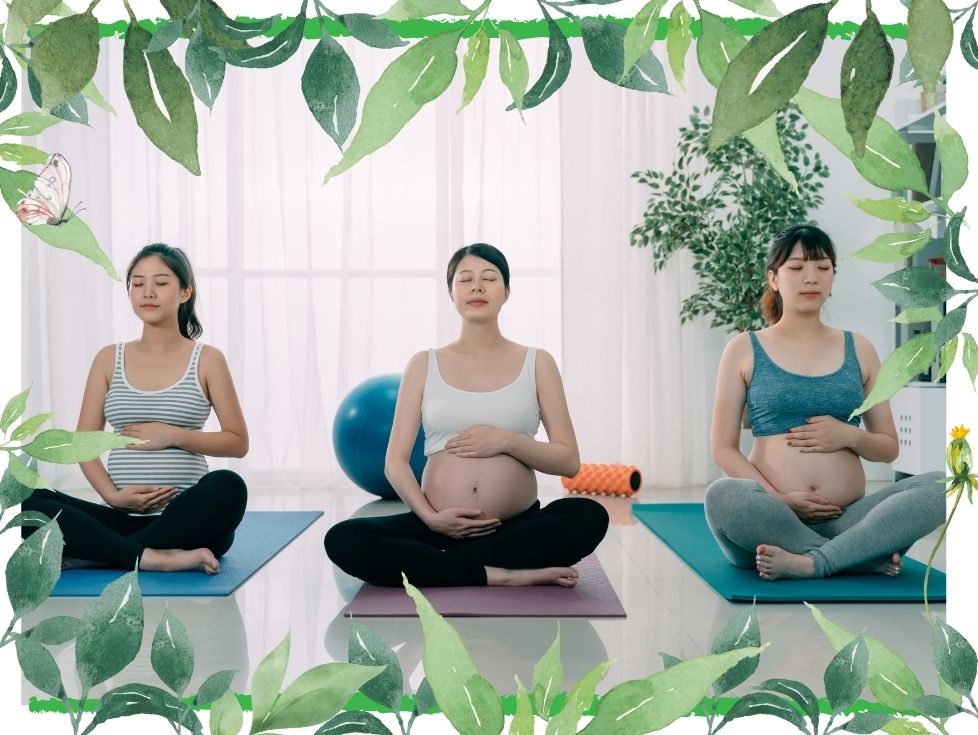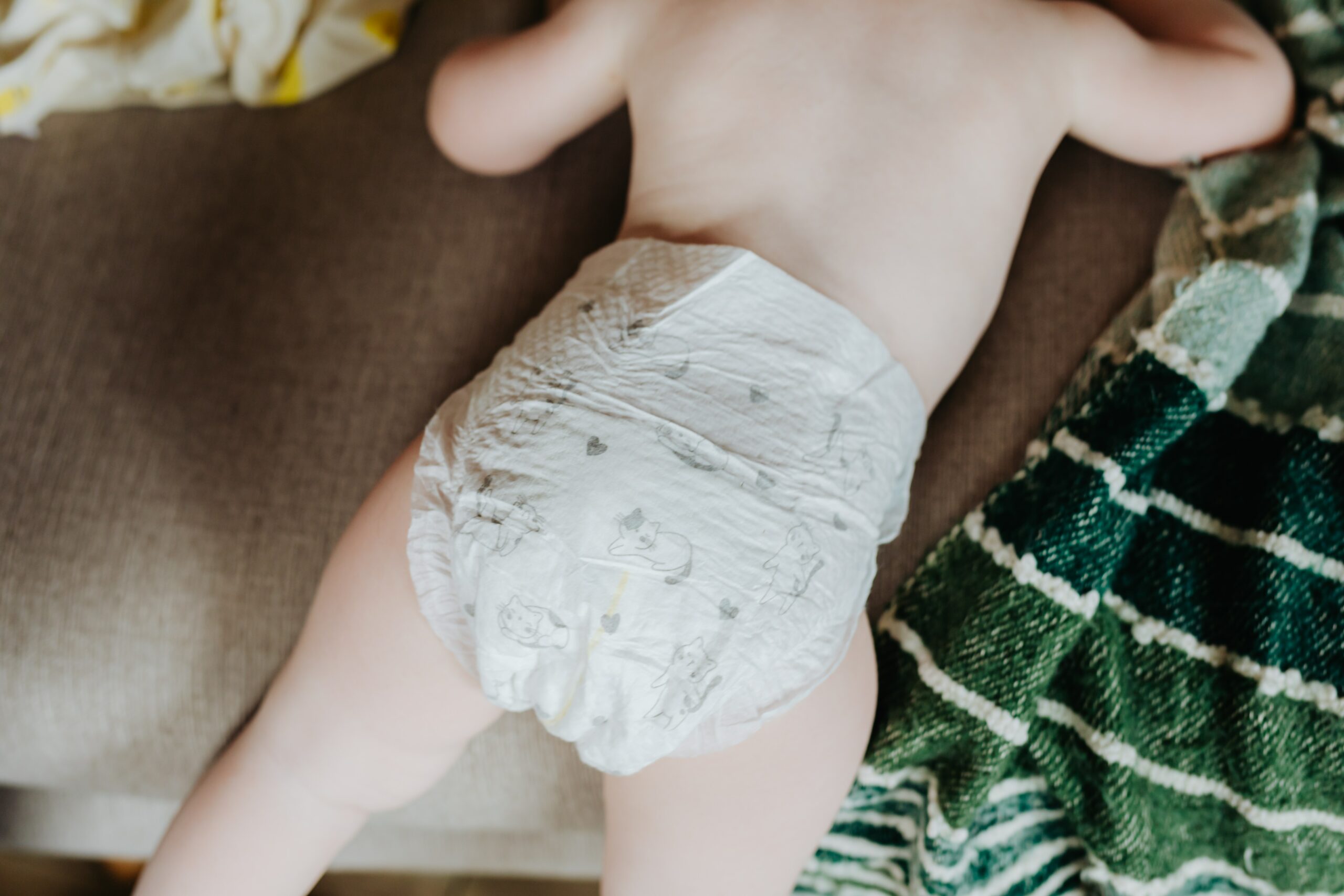
As new parents, the joy of the new family member prevails. But often there is also a feeling of insecurity due to the completely new life situation. After all, you are no longer only responsible for yourself, but also for the little newcomer.
To avoid this feeling of insecurity, you should be prepared for all eventualities. We will show you what is part of the basic equipment of a good baby pharmacy so that you can react quickly in an emergency.
So that you are prepared for all eventualities when your child is born, your medicine cabinet for your baby include:

With these products in the house you are well prepared. When you are traveling with your baby, always remember to have an emergency bag with the most important items.
In addition to diapers and wet wipes, these should also contain the most important care products – Especially if your child is ailing or is in the teething phase.
What helps when? – the main remedies for the most common baby ailments
What helps with colds and runny noses?
Due to the still quite small nasal passages, newborns and babies often suffer from the so-called baby sniffles. If an infection from the outside is added, the even worsen symptoms.
As with adults, you should always have cellulose handkerchiefs ready for babies with a cold. Essential oils should not be used on babies to clear a stuffy nose. The high menthol content is too concentrated in these.
Angelica balm is better. This can be gently applied in small amounts in front of and on the nose. When using nose drops, care should be taken to ensure that they are especially suitable for babies.
NEVER use adult nasal drops or sprays on your baby!
The active substance in adult nasal sprays and drops is for use in young children dosed way too high. In the worst case, there is a risk of damage to the central nervous system, pauses in breathing or comatose states.
Watch the video below for more important tips on how to treat your baby's runny nose:
What helps with cough?
To combat a cough in a baby, you do not need to resort to expensive cough syrups. If so, the same applies here: Only preparations suitable for babies may also be used on your child.
However, grandmother's household remedy still does a good job of fighting coughs: onion juice. You can easily prepare this yourself:
- Finely chop an onion.
- Mix the onion pieces with about 50 grams of sugar (more depending on the size of the onion).
- Put the mixture in a sealable container and let it steep for about 2 to 3 hours with the lid closed.
- The sugar extracts the juice from the onion. To get this ready to drink, simply sift the remaining pieces of onion out of the liquid.
To take advantage of the soothing effects of onion juice, you should give your baby Administer a spoonful of the juice several times a day.
What helps with stomach pain?
Especially in the first months of life, many babies suffer from frequent abdominal cramps in the upper abdomen and problems with the digestive tract. On the one hand, this is due to the fact that the organs of the digestive system are often not yet fully developed at this time, but on the other hand it is also due to the general stressful situation caused by birth and the new living conditions.
To alleviate this for your baby, it helps to work against it with heat and a gentle abdominal massage. So you can put a warmed cherry pit pillow on your stomach. Make sure the pillow is not too hot!
You can also relax your baby with gentle clockwise circular massage movements on the stomach. Soothing teas, for example, help against flatulence Fennel caraway anise tea.
What helps against fever?
Fever is relatively common in babies and young children. An illness does not always have to be the trigger for this. Growth spurts or the first teeth can also cause an increased body temperature.
It is important that you thermometer with a flexible tip around the house to check your charge's body temperature. According to the common opinion of paediatricians, the rectal measurement method provides the most accurate results.
- From a value of 37,5 degrees Celsius one speaks of increased temperature.
- From 38,1 degrees Celsius, the child has a fever.
- From a body temperature of 39,5 degrees Celsius, the baby suffers from a high fever. A pediatrician should be consulted now at the latest.
You should consult your pediatrician as soon as possible, especially if the fever is accompanied by changes in your child's behavior - for example, lethargy and tiredness, changed skin color or refusal to eat and drink.
To bring down the fever help specially designed for babies fever reducer. However, it is often sufficient to use well-tried home remedies. Lukewarm wraps on the forehead or calves not only have a positive effect on body temperature, they also ensure good fluid intake.
If this does not improve, fever suppositories will help. However, their intake should definitely be discussed with the pediatrician!
In some babies and young children, a rapidly rising body temperature can lead to a febrile seizure to lead. The child may cramp up so badly that it may stop breathing.
In the event of a febrile seizure, an ambulance must be called immediately!
What helps with problems with the first teeth?
When the first teeth are on their way into your baby's mouth, this is often associated with an unpleasant feeling of pressure and pain in the mouth and jaw area. A teething ring can be used to alleviate these symptoms.
The teething ring massages the gums and promotes blood circulation. Chewing also calms your baby. In addition, the pain can be relieved with cold by putting the teether in the fridge beforehand.
A teething gel that is applied directly in the mouth also has a relaxing effect and makes this unpleasant time more bearable for your baby. If the first teeth have broken through, they must also be cared for accordingly. To do this, use an age-appropriate toothbrush and an appropriate toothpaste for children.
Spring cleaning for your own medicine chest
It is often only in an emergency that you realize that your medicine cabinet is no longer up to date. But what good are medications that have long expired, plasters that don't stick, and ointments that no longer smell appetizing in an acute situation? Nothing, so here are a few tips for spring cleaning in the medicine cabinet.
Medicines that do not have an expiration date are definitely more than five years old, since they have been subject to declaration since then. Such finds should no longer be ingested or used. All those tablets, capsules and ointments that have expired should also be disposed of as a precaution. It is best to hand them in at a pharmacy - you should avoid disposing of them in the household waste if possible. It cannot be ruled out that they would fall into the hands of children, with potentially fatal consequences. Disposal in the toilet is also the wrong way - sewage treatment plants can hardly or not at all deal with these residues - the consequences for the environment have not yet been researched in detail.
drug expiration date
Incidentally, as with food, the expiry date always refers to the unopened package. Of course, this applies above all to liquid medicine, creams and ointments. It makes sense to note the opening date on the packaging - you rarely remember it later. Eye and nose drops or spray should only be used for six weeks.
If you find medicines that no longer have a package insert and for which it is unclear what they are for or against, what the optimal dosage looks like and how well you tolerated them, you should not use them and ideally dispose of them immediately. Prescription drugs were originally prescribed for a specific medical condition. One should refrain from using any residues again under unclear diagnostic conditions and should also remove them from the medicine chest.
There is also an expiry date on bandages. If it is exceeded, the sterility of the bandage or dressing can no longer be guaranteed. Old plasters lose their adhesive strength and are of no use in an emergency.
Upgrading the medicine cabinet
After you have inspected and cleared out the contents, you can start upgrading the medicine chest. This includes pain, fever and cold medication, possibly a remedy for stomach and intestinal problems, an ointment for bruises and strains as well as insect repellent and wound disinfection. Bandages, gauze bandages and compresses, elastic bandages and a triangular bandage should be available as bandages. Disposable gloves, a working fever thermometer and tweezers complete the content. Whether this basic equipment is supplemented by medication that is needed more frequently depends on personal circumstances. If you have your medicine cabinet up to date again, you can also equip it with telephone numbers for emergencies. This includes the number of the family doctor, the emergency services and the poison control center. You can also optimize the location of the medicine chest right away if it was previously in the kitchen or bathroom - these places are unsuitable. Medicines should always be stored in a cool and dry place, for example in the bedroom.
Table of Contents



Leave a comment now